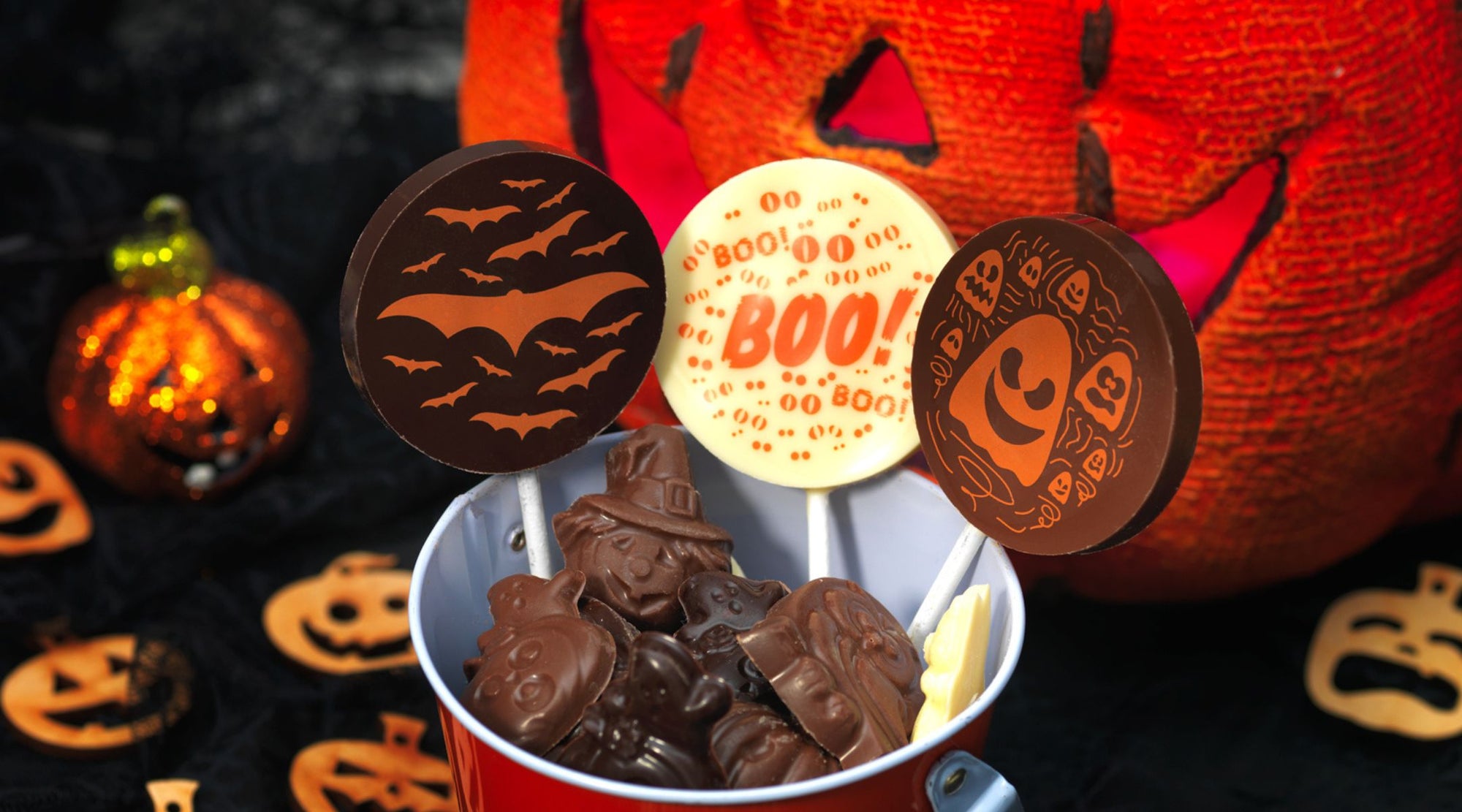

· By Mona Shah
Halloween: How Did Trick or Treating Start?
Halloween is a holiday filled with spooky fun, creative costumes, and the delightful anticipation of receiving Halloween gifts. One of the most beloved traditions of this festive season is trick-or-treating, where children go door-to-door collecting candies and chocolates for Halloween. But have you ever wondered how this tradition began? Let's delve into the origins of trick-or-treating and explore how it evolved into the cherished practice we know today.
The Ancient Roots of Trick-or-Treating
The origins of trick-or-treating can be traced back to ancient Celtic traditions, particularly the festival of Samhain. Celebrated over 2,000 years ago, Samhain marked the end of the harvest season and the beginning of winter—a time associated with death. The Celts believed that on the night of October 31st, the boundary between the living and the dead blurred, allowing spirits to roam the earth. To ward off these spirits, people would light bonfires and wear costumes made of animal skins to disguise themselves from malevolent beings.

The tradition of pumpkin carving can also be traced back to Samhain, where people would carve faces into root vegetables such as turnips to ward off restless souls
As part of the Samhain festivities, people would leave food and drink outside their homes as offerings to appease the spirits and ensure a bountiful harvest for the following year.
The Influence of All Souls' Day
The traditions of Samhain were later influenced by the spread of Christianity. In the 9th century, the Church established All Saints' Day on November 1st and All Souls' Day on November 2nd to honour the saints and the departed. On All Souls' Day, a tradition known as "souling" became popular in parts of Europe. Poor individuals, often children, would go door-to-door offering prayers for the souls of the deceased in exchange for food, particularly soul cakes—small, round cakes with a cross on top.
The act of "souling" involved a reciprocal exchange: prayers for the dead in return for food, which closely mirrors the modern practice of trick-or-treating, where children receive Halloween gifts in exchange for the implicit promise of good behaviour. Over time, this tradition merged with the older pagan practices, creating a new form of celebration that continued to evolve.
The Arrival of Halloween in America
The custom of trick-or-treating as we know it today began to take shape in America in the late 19th and early 20th centuries, brought over by European immigrants. Initially, Halloween was celebrated with community events, including parties, parades, and games. However, by the 1920s and 1930s, Halloween began to take on a more mischievous tone, with pranks and vandalism becoming common occurrences on Halloween night.

The version of trick-or-treating that we know and love today wasn't established until the 1950s
To curb the growing mischief, communities began to organise more structured Halloween activities, including door-to-door trick-or-treating, which provided a fun and safe alternative to pranks. By the 1950s, the practice of trick-or-treating had become firmly established in American culture, with children dressing up in costumes and going from house to house, collecting sweets, chocolates, and other Halloween gifts.
The Role of Sweets in Trick-or-Treating
Sweets didn't become the dominant Halloween treat until the 1950s. Before that, children might receive a variety of goodies, including fruits, nuts, coins, or small toys. However, as confectionary manufacturers recognised the commercial potential of Halloween, they began to market their products specifically for the holiday. The convenience, affordability, and long shelf life of sweets made it the perfect treat for trick-or-treating, leading to its widespread adoption.
Today, chocolate for Halloween has become a staple of the holiday, with households across the country stocking up on a variety of sweets to hand out to eager trick-or-treaters.

Specially-themed premium chocolates such as these Halloween chocolate lollipops have also become popular Halloween gifts, adding a touch of luxury to the festive season.
The Cultural Evolution of Trick-or-Treating
Over the years, trick-or-treating has continued to evolve, influenced by cultural shifts and changing social norms. In some communities, trunk-or-treat events, where children collect treats from the trunks of cars parked in a central location, have become popular as a safer alternative to traditional door-to-door trick-or-treating.
Additionally, the rise of food allergies and dietary restrictions has led to the introduction of non-food treats, such as toys or stickers, as Halloween gifts for trick-or-treaters. The Teal Pumpkin Project, for example, encourages households to offer non-food treats for children with allergies, symbolized by placing a teal-coloured pumpkin outside their home.
A Tradition That Endures
Trick-or-treating has come a long way from its ancient roots in Celtic and Christian traditions. What began as a way to appease wandering spirits and honour the dead has transformed into a fun and festive celebration that brings communities together. Today, the practice of trick-or-treating is a cherished Halloween tradition that continues to delight children and adults alike.
Whether you're handing out sweets, enjoying premium chocolate treats, or participating in a trunk-or-treat event, Halloween offers an opportunity to embrace the spirit of giving and celebration. So this Halloween, as you prepare your treats and enjoy the festivities, remember the rich history and cultural influences that have shaped this beloved tradition.
